Mondovì is a beautiful town located in Piedmont, northern Italy, in the Langhe territory, close to the French border, about 80 km from the city of Turin and at 80 km from the Ligurian sea.
Mondovì was founded on a hilltop in 1198 as an independent ‘comune’ (township). It continued to grow until the 16th century, when it became the largest city in Piedmont. In 1537 it was occupied by France, under which it mostly remained until 1559. In 1560, Emmanuel Philibert, Duke of Savoy, restored it to Piedmont, which held it until the Italian unification, except for the Napoleonic period (1796–1814).
Mondovì has been known as the ‘City of Studies’ since the period from 1560 to 1566, when the city was the headquarter of Piedmont’s first university with the right to confer degrees in various disciplines.
Today Mondovì is the seats of several academic and cultural institutions besides the Grothendieck Institute, including the internationally acclaimed baroque orchestra and musical academy Academia Montis Regalis, the Polytechnic University of Turin (secondary pole) and the Arts University Academia Cirko Vertigo.
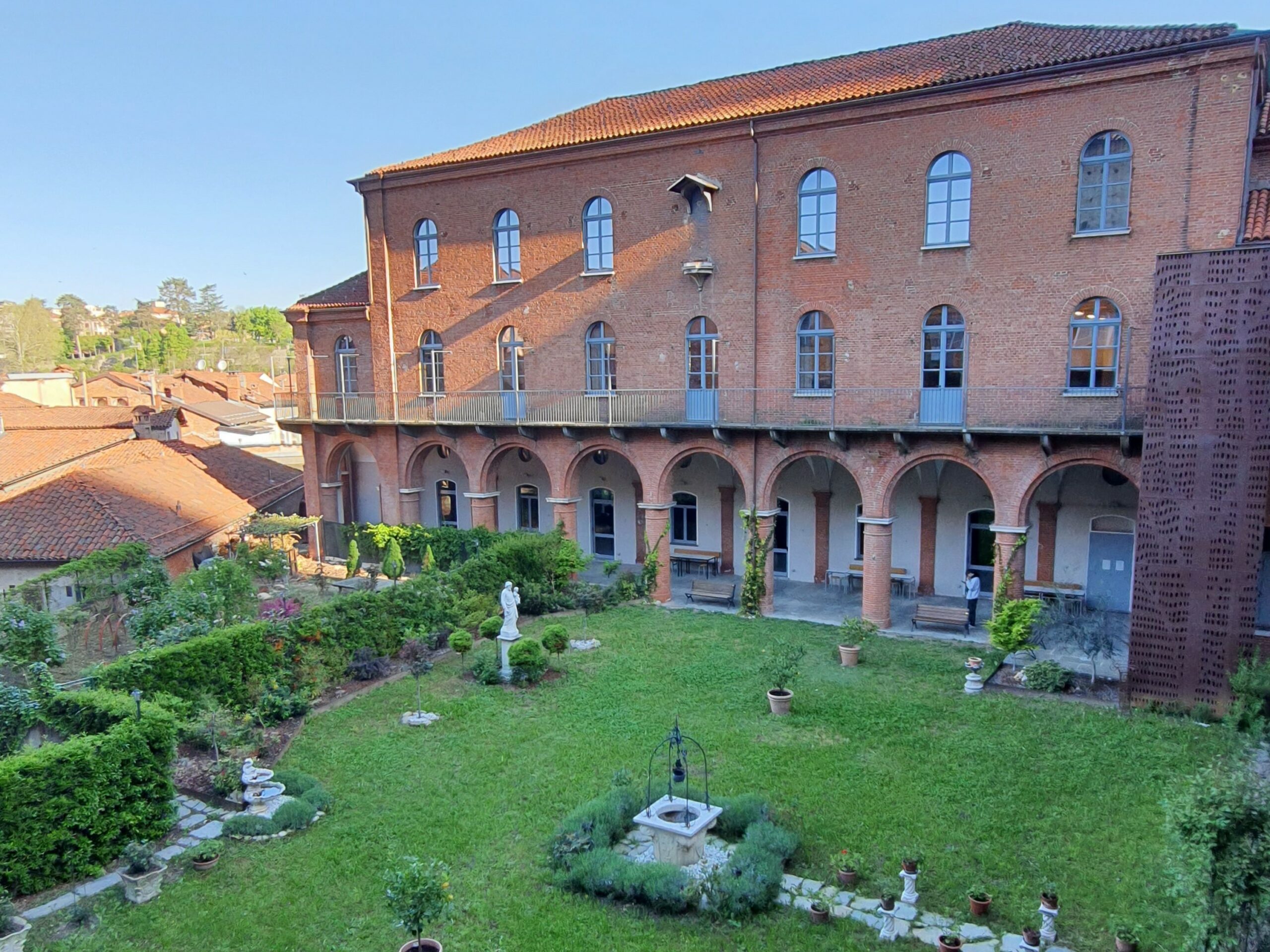
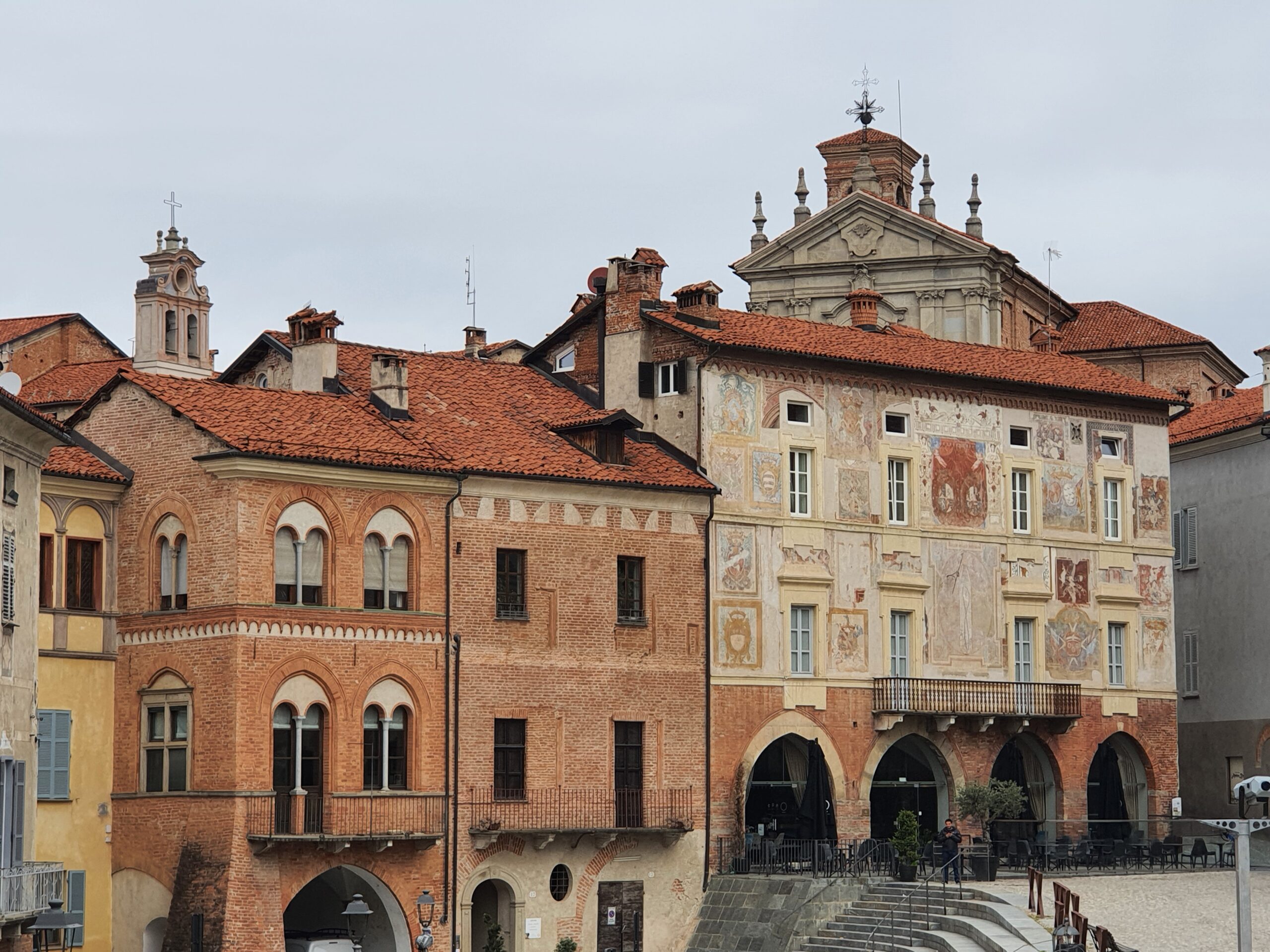

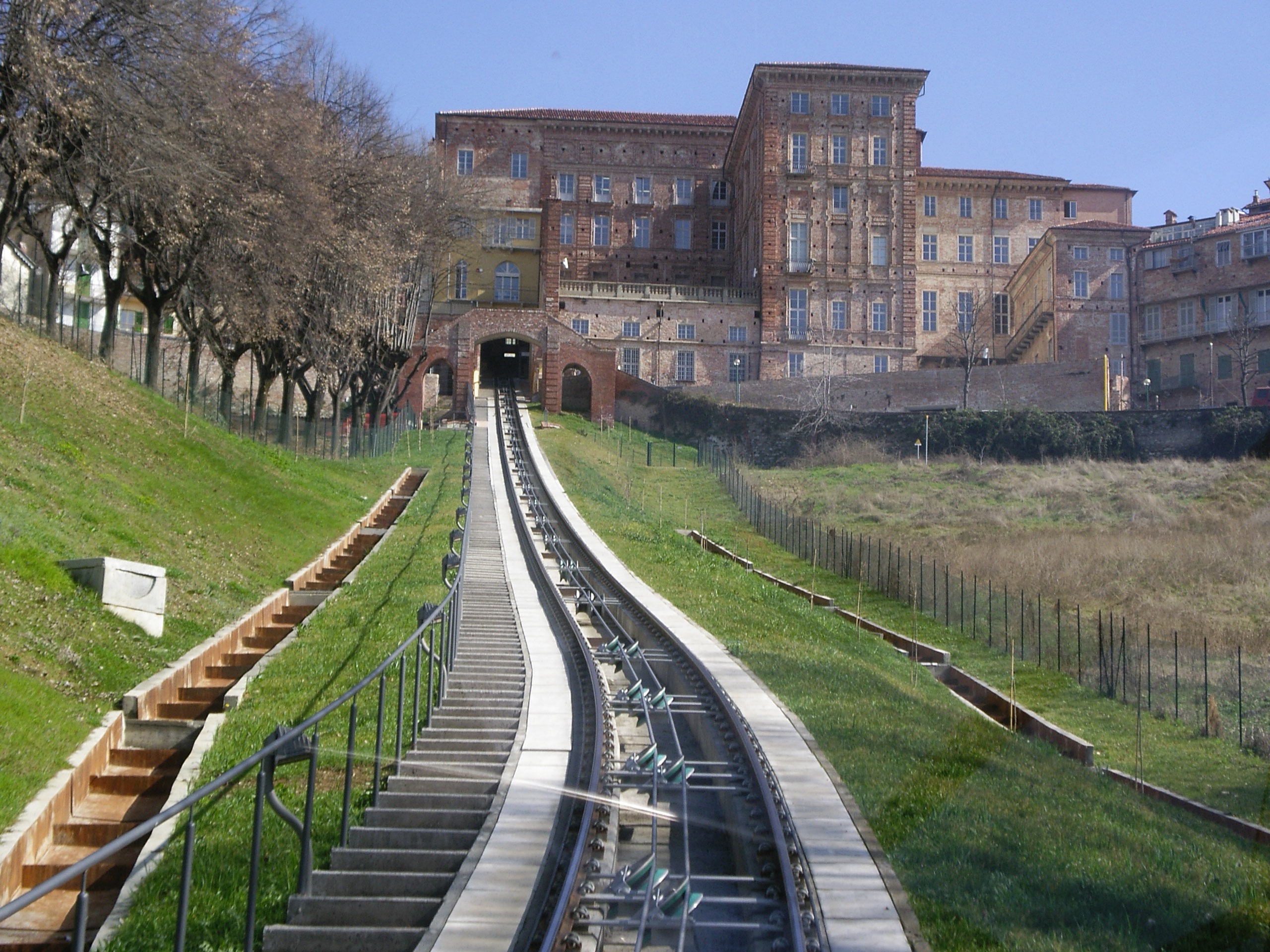
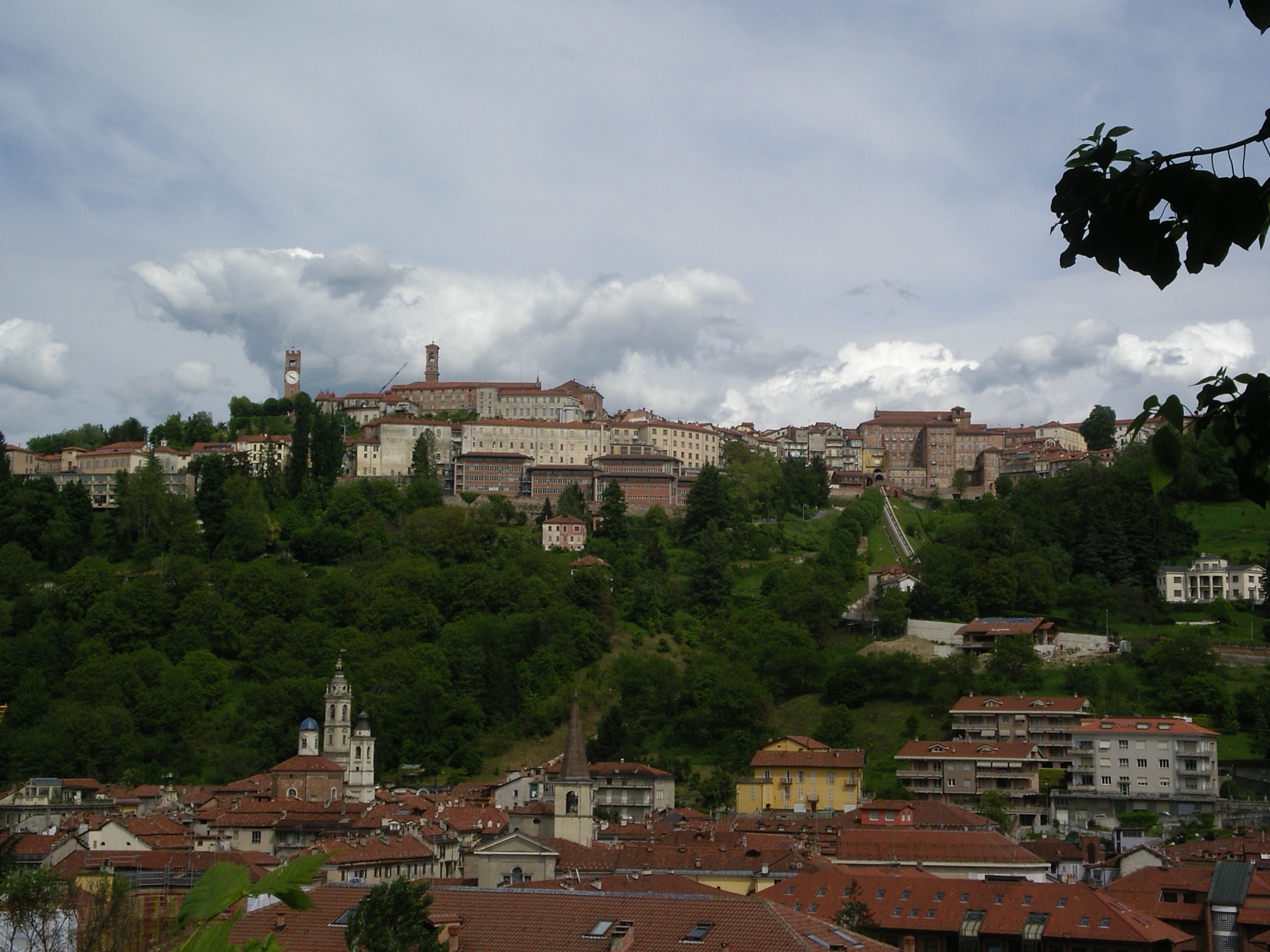
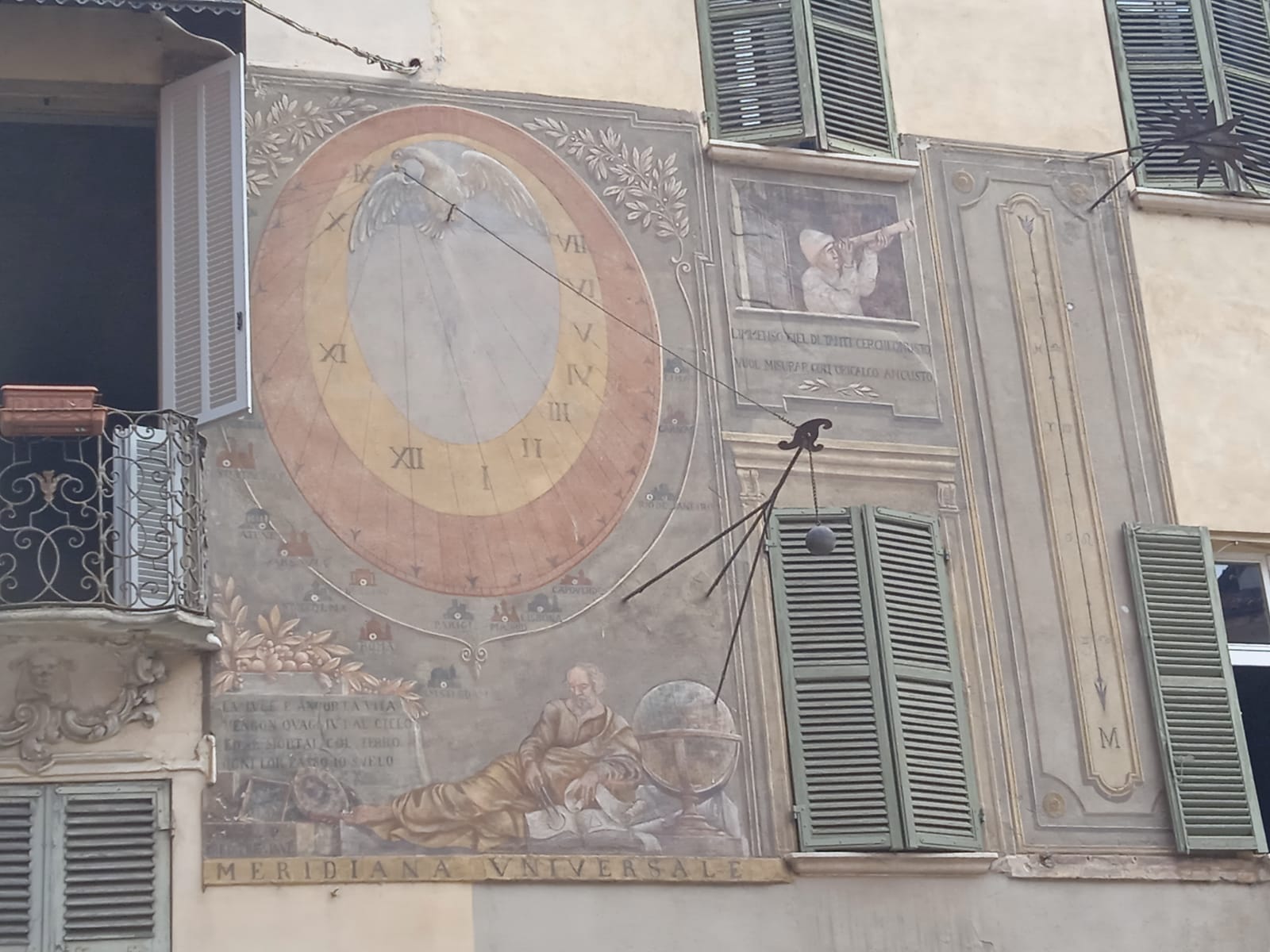
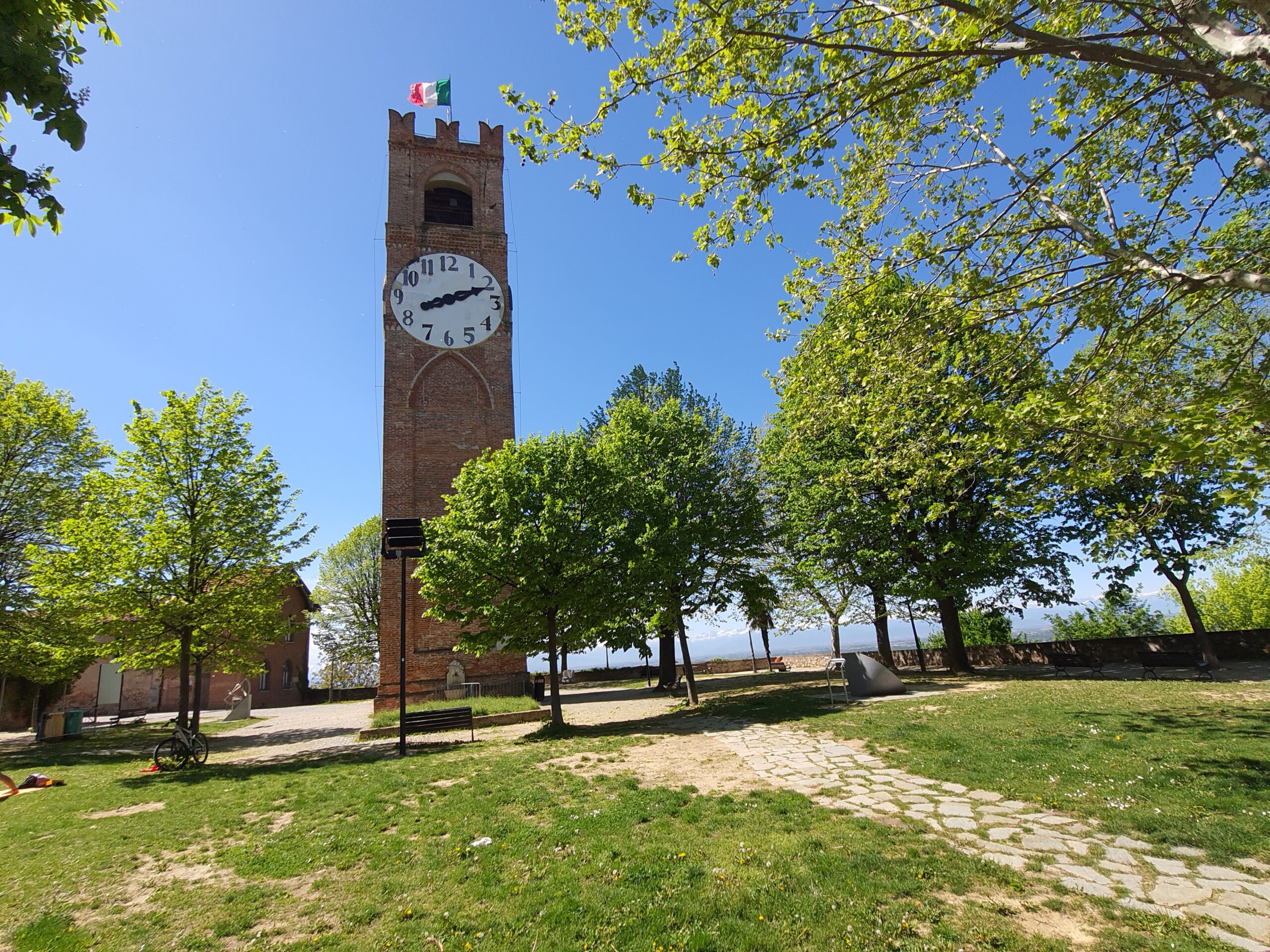
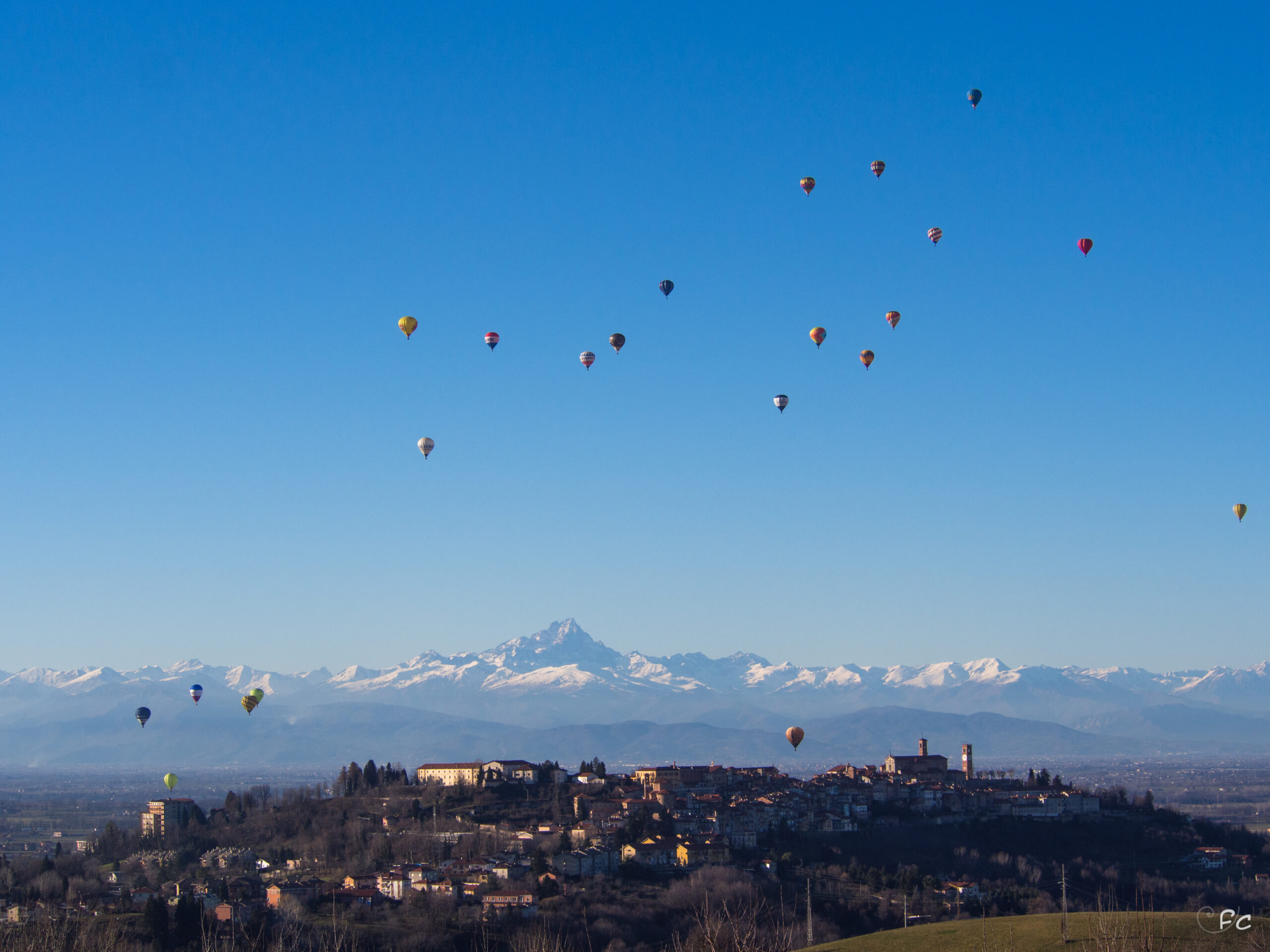
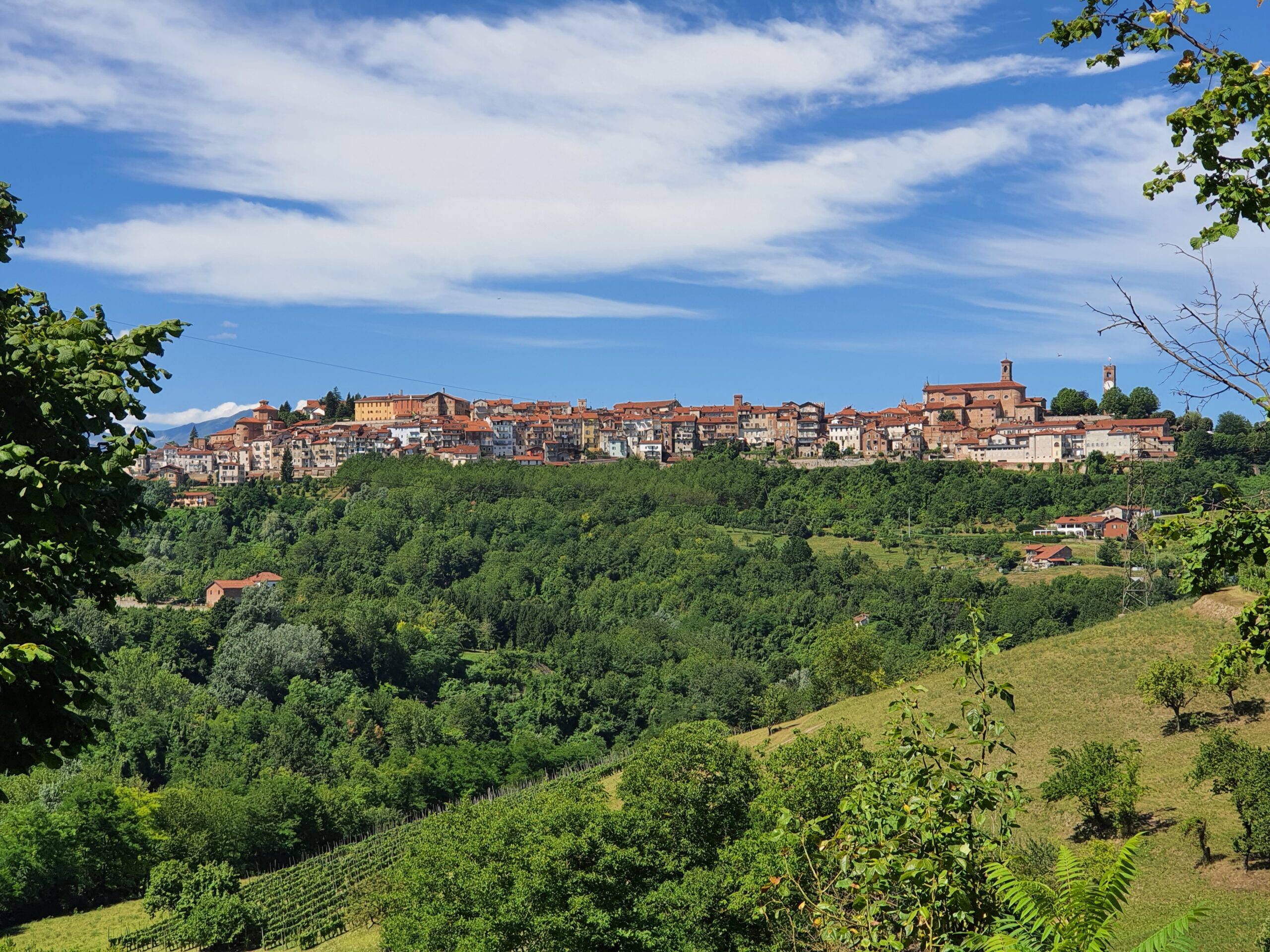
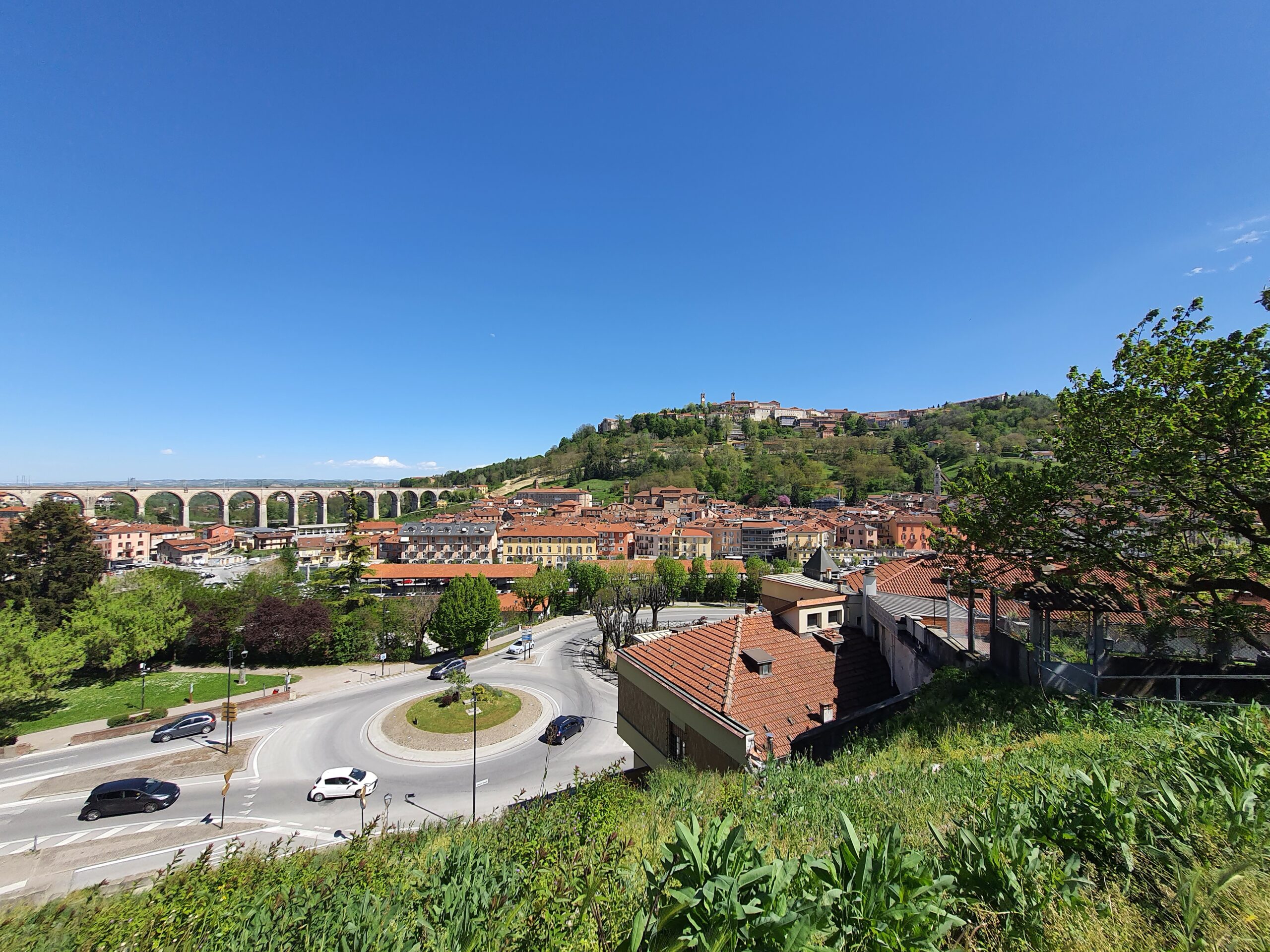
Mondovì is known for its historical, artistic and cultural heritage, and is also called the ‘city of time’ for the numerous sundials that adorn its buildings, a symbol of its ancient connection with astronomy and the measurement of time.
It also has a rich tradition of clocks and bells, internationally renowned and still active today.
The city has a long history in ceramic production, with several important industries and manufactures that were active in the last century, such as ‘Vecchia Mondovì’ Besio and Richard Ginori. Much evidence of the ceramic tradition can be found by visiting the Museum of Ceramics.
Mondovì is known for the International Aerostatic Meeting of the Epiphany, an event that attracts champions, crews and enthusiasts from all over the world. In fact, it is considered the ‘Italian capital’ of hot-air balloons, thanks to its favourable climate and the presence of the Aero Club Mongolfiere di Mondovì. Mondovì’s ‘Balloonport’ was the first aerostatic port in Italy and with its international school represents a historical reference point for ballooning in the country.
| Cookie | Duration | Description |
|---|---|---|
| __stripe_mid | 1 year | Stripe sets this cookie to process payments. |
| __stripe_sid | 30 minutes | Stripe sets this cookie to process payments. |
| _GRECAPTCHA | 5 months 27 days | This cookie is set by the Google recaptcha service to identify bots to protect the website against malicious spam attacks. |
| cookielawinfo-checkbox-analytics | 1 year | Set by the GDPR Cookie Consent plugin, this cookie is used to record the user consent for the cookies in the "Analytics" category . |
| cookielawinfo-checkbox-necessary | 1 year | Set by the GDPR Cookie Consent plugin, this cookie is used to record the user consent for the cookies in the "Necessary" category . |
| CookieLawInfoConsent | 1 year | Records the default button state of the corresponding category & the status of CCPA. It works only in coordination with the primary cookie. |
| elementor | never | This cookie is used by the website's WordPress theme. It allows the website owner to implement or change the website's content in real-time. |
| viewed_cookie_policy | 1 year | Set by GDPR cookie plugin: this cookie records the user consent for the usage of the cookies upon accept and reject. |
| wp-wpml_current_language | session | No description available. |
| Cookie | Duration | Description |
|---|---|---|
| CONSENT | 2 years | YouTube sets this cookie via embedded youtube-videos and registers anonymous statistical data. |
| Google Maps | Google Maps is a map visualization service managed by Google Inc. and is used to integrate such contents within its pages. |
| Cookie | Duration | Description |
|---|---|---|
| m | 1 year 1 month 4 days | No description available. |
| Cookie | Duration | Description |
|---|---|---|
| VISITOR_INFO1_LIVE | 5 months 27 days | A cookie set by YouTube to measure bandwidth that determines whether the user gets the new or old player interface. This cookie is mandatory to show videos in the homepage. |
| YSC | session | YSC cookie is set by Youtube and is used to track the views of embedded videos on Youtube pages. This cookie is mandatory to show videos in the homepage. |
| yt-remote-connected-devices | never | YouTube sets this cookie to store the video preferences of the user using embedded YouTube video. |
| yt-remote-device-id | never | YouTube sets this cookie to store the video preferences of the user using embedded YouTube video. |
| yt.innertube::nextId | never | This cookie, set by YouTube, registers a unique ID to store data on what videos from YouTube the user has seen. |
| yt.innertube::requests | never | This cookie, set by YouTube, registers a unique ID to store data on what videos from YouTube the user has seen. |